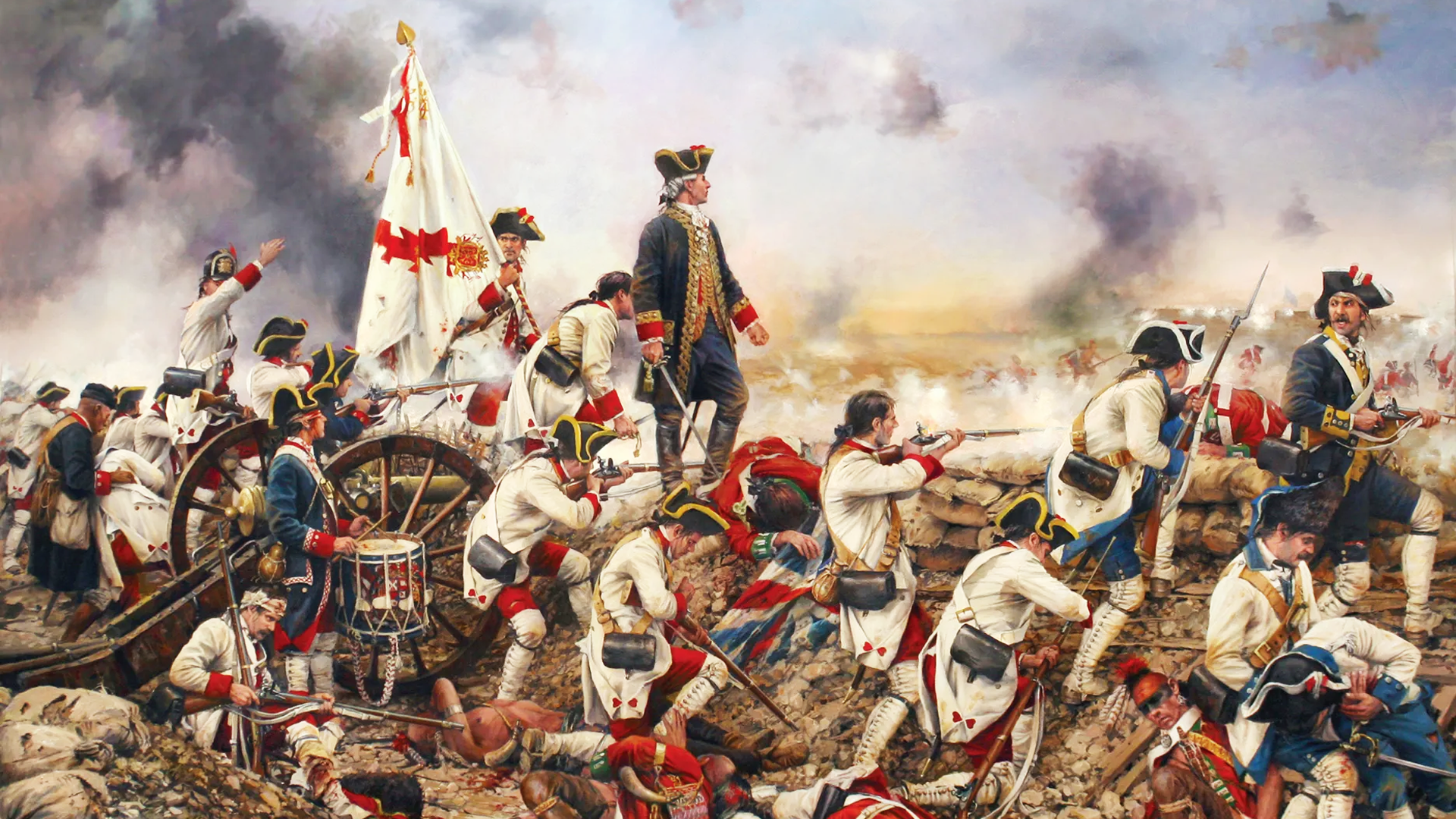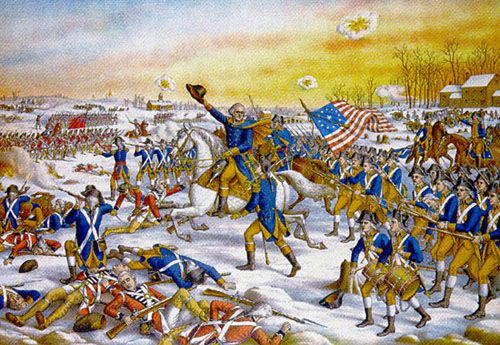American Revolutionary War: From Protest to a New Nation
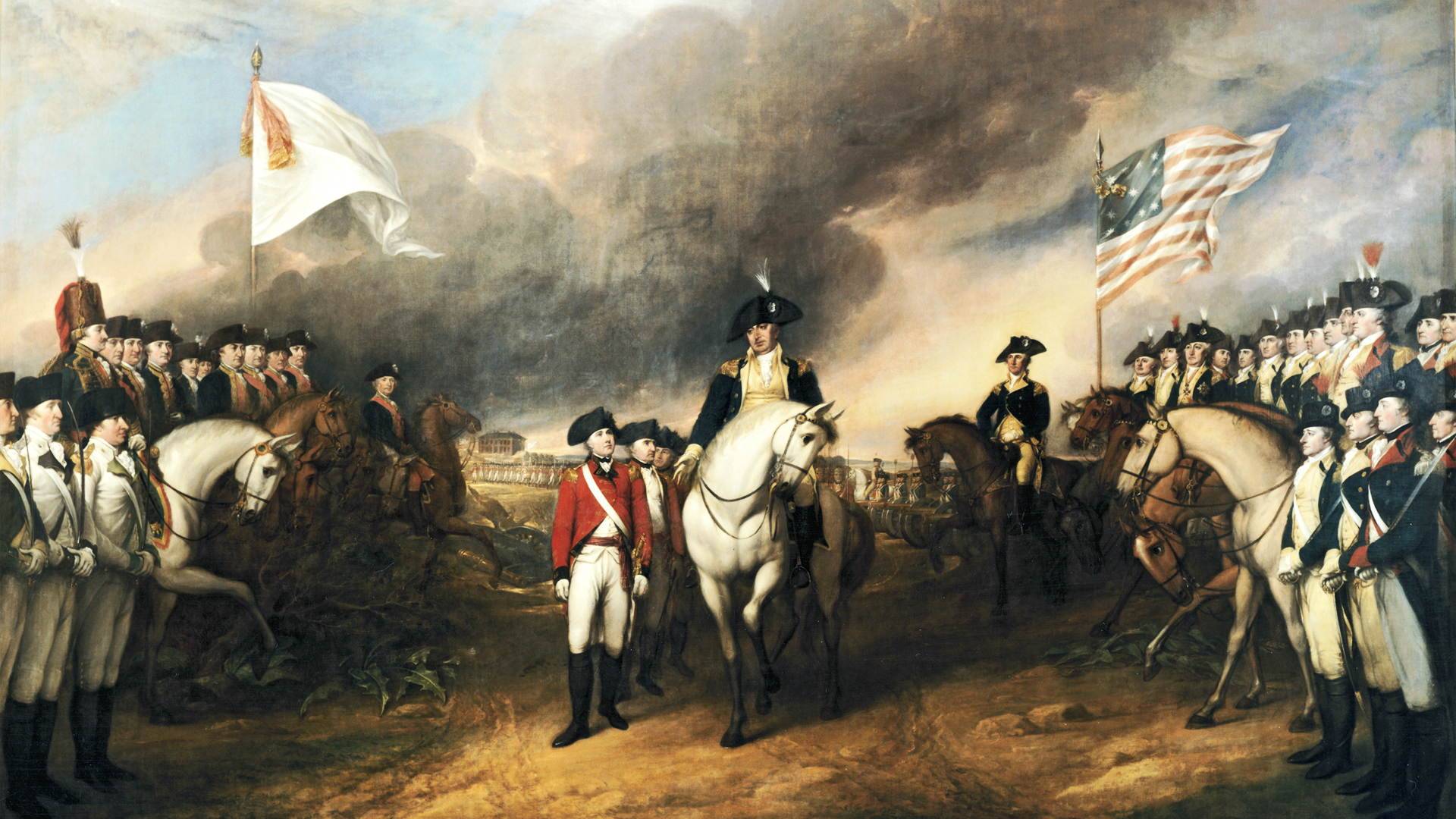
Trace the American Revolution from rising tensions after the French and Indian War to independence recognized in 1783.
The Dive
The American Revolution (1775–1783) began as a political argument and turned into a war that would reshape the world. After the French and Indian War, Britain tried to raise money and control by taxing the colonies and stationing troops. Many of colonists protested these actions, saying laws without their representation in Parliament violated the rights of English citizens.
Tensions boiled over in Boston with the Boston Massacre (1770) and the Boston Tea Party (1773), leading Parliament to punish Massachusetts with the Intolerable Acts. In response, colonies met at the First Continental Congress to defend traditional rights like trial by jury, property, and peaceful assembly.
The first sparks of war flew at Lexington and Concord in April 1775. British troops marched out from Boston to seize colonial weapons, but local Minutemen were waiting. The clash on the village green—later called ‘the shot heard round the world’—marked the moment talk of protest turned into revolution. As the Redcoats retreated, colonial militias fired from behind trees and stone walls, chasing them all the way back to Boston.
The Second Continental Congress formed the Continental Army and chose George Washington as commander, providing unity and discipline to scattered colonial forces. Even early defeats, like on Long Island, could not erase the daring winter victories at Trenton and Princeton that kept the army alive and public hope intact.
Strategy shifted in 1777. A British plan to isolate New England collapsed when General Burgoyne surrendered at Saratoga, a turning point that proved Americans could win major field battles and persuaded France to openly join the war with money, troops, and most importantly its navy.
Valley Forge (1777–78) showed that endurance matters as much as battles. Through cold, hunger, and disease, training under Baron von Steuben transformed Washington’s army into a more professional force capable of meeting redcoats on equal terms.
The war widened into a global struggle as France (and later Spain and the Dutch) pressured Britain worldwide. In the South, brutal back-and-forth fighting, from Charleston’s fall to American wins at King’s Mountain and Cowpens, bled British strength while Nathanael Greene’s maneuvers forced Cornwallis toward the Virginia coast.
At Yorktown (1781), American and French armies trapped Cornwallis on land while a French fleet blocked the sea. Outnumbered and outgunned, the British surrendered over 8,000 troops, effectively ending the war, even though peace terms would take two more years to sign.
The Treaty of Paris (1783) recognized the United States and set the Mississippi River as its western boundary, but independence raised hard questions: What rights would women, enslaved people, Native nations, and Loyalists have in the new republic? The Revolution expanded ideas of liberty and self-government, yet the work of making those ideals real would take generations.
Why It Matters
Taken together, protest, persistence, and powerful alliances carried the colonies to victory over a stronger empire. The result was not only a new nation but a new political experiment—one that asked citizens to argue, assemble, vote, and serve to keep their freedom alive. The Revolution shows how ideas can reshape governments. Learning how a weaker side won through strategy, allies, and civic courage helps students see their own power to solve problems, participate in democracy, and measure progress toward America’s promises.
?
Why did Saratoga convince France to openly help the Americans?
How did Washington keep the army together during defeats and at Valley Forge?
What role did the French navy play at Yorktown, and why was sea power so important?
How did the Revolution expand ideas of liberty while leaving many people’s rights limited?
If you lived in 1776, which risks would worry you most about declaring independence—and why?
Dig Deeper
A fast overview of major battles, strategies, and how victory affected different groups.
A classic musical recap of colonial protests and the move toward independence.
Related
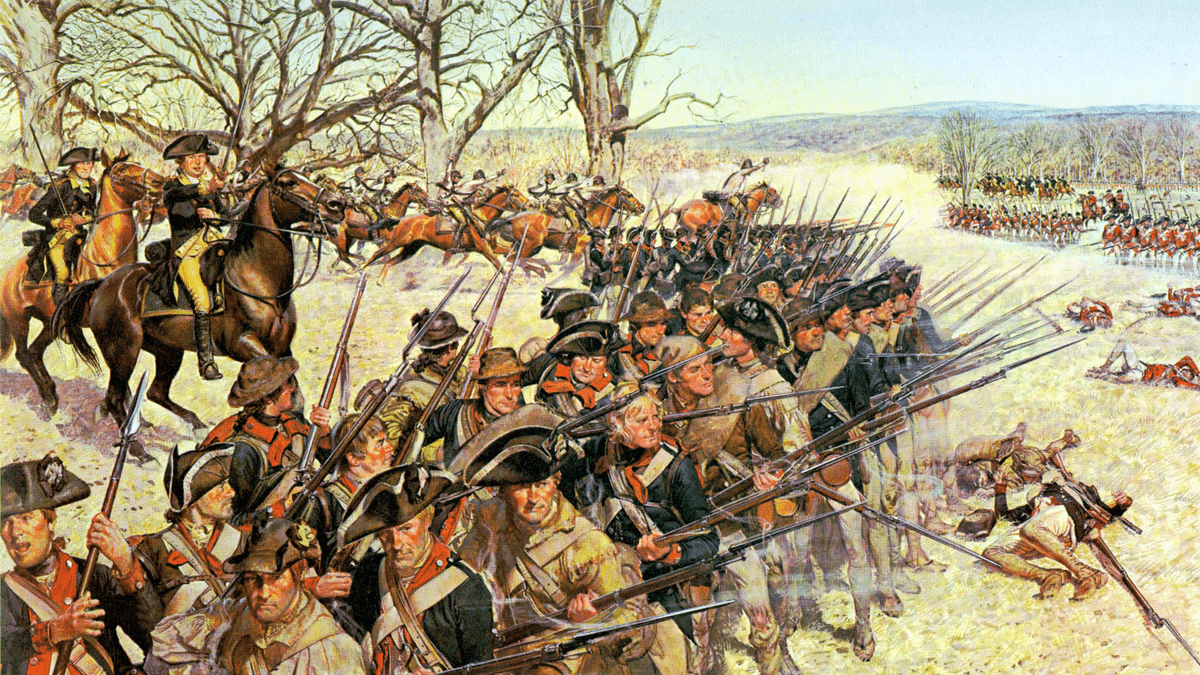
The American Revolution: Liberty, Loyalty, and North Carolina’s Role
The fight for independence wasn’t just fought in Boston and Philadelphia—it reached the farms, rivers, and hearts of North Carolina. Learn how the war unfolded, who fought, and why freedom remained a promise still waiting to be fulfilled for many.
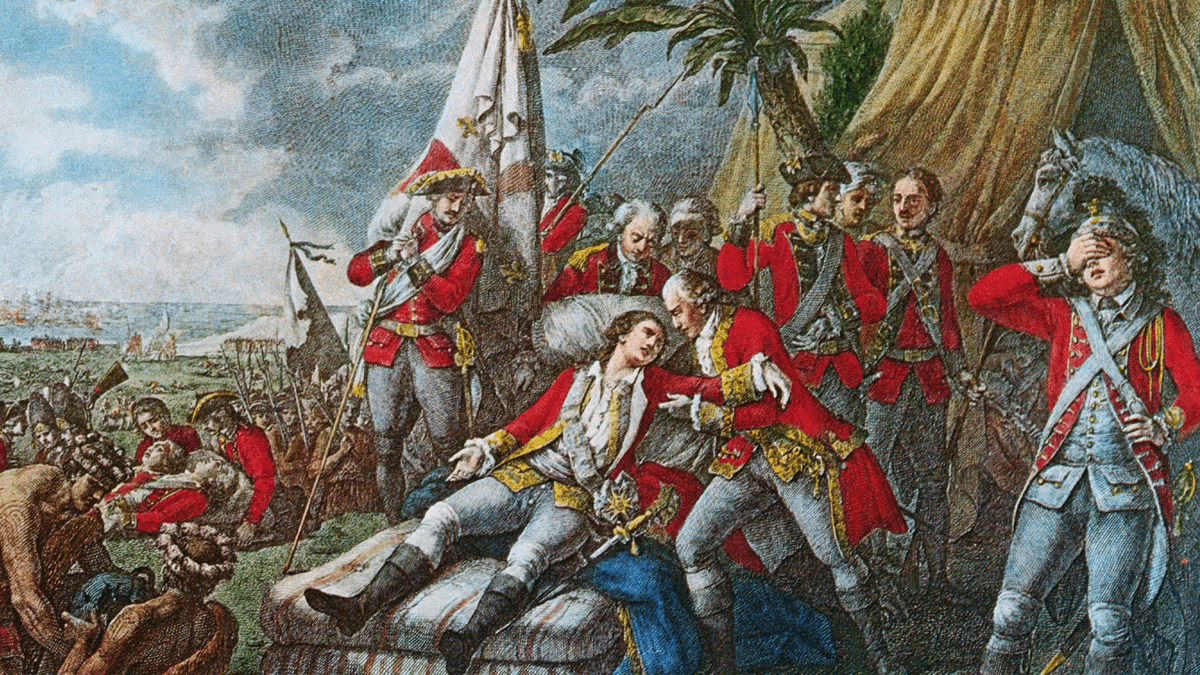
The French and Indian War: The Battle for North America
Before the American Revolution, another great war reshaped North America—the French and Indian War. It began as a fight over land and power, but ended up changing the map of the world and planting the seeds of independence.

The Role of Ideas in Revolutionary Change
The Role of Ideas in Revolutionary Change: How can ideas and writings change the course of history?
Further Reading
Stay curious!
